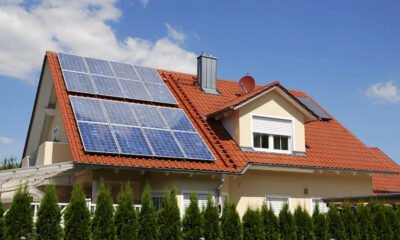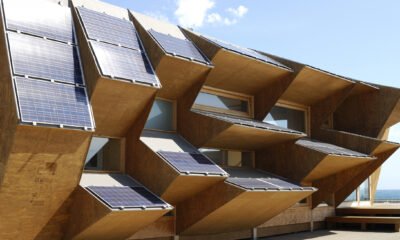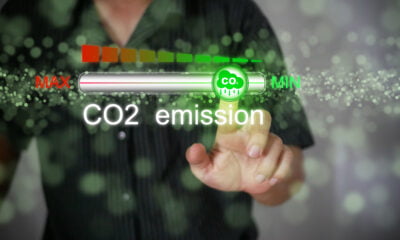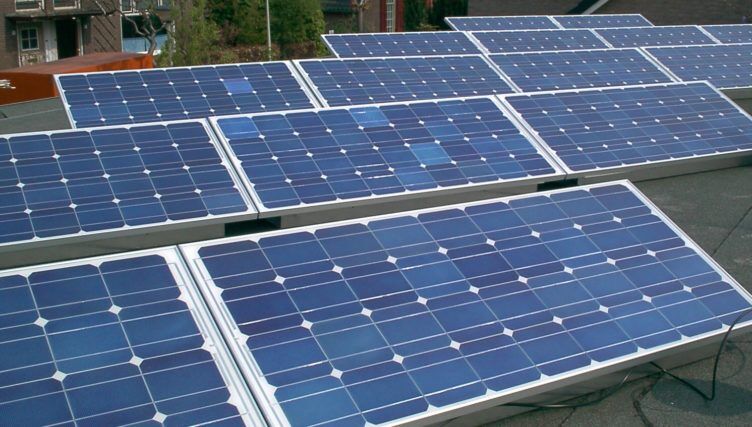
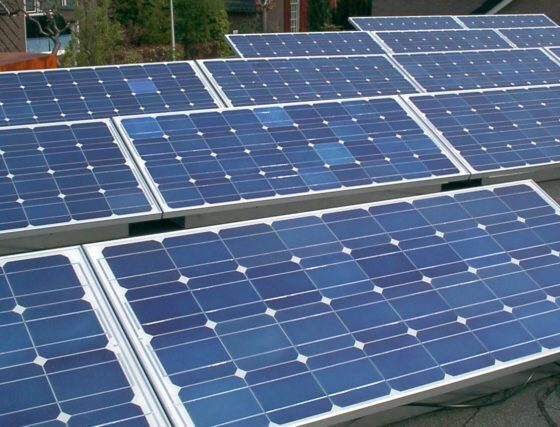
Energy
GlobalData Says Global Solar PV Capacity Will Approach 295 GW In 2016, Led By China
According to research from GlobalData, the market for global solar photovoltaic energy is expected to increase its installed capacity from 225 Gigawatts (GW) in 2015 to 294.69 GW in 2016, and China is to continue to be the world’s largest market for annual solar PV.
The company’s latest report states that China installed 15.13 GW of new installed PV capacity in 2015, with cumulative capacity reaching 43.48 GW by the end of 2015. The country’s PV installed capacity has increased around 13-fold since 2011.
Ankit Mathur, GlobalData’s Practice Head covering Power, explains: “In the first quarter of 2016, China added a total of 7.14 GW of PV capacity, of which 6.17 GW accounted for solar PV power plants, and 970 Megawatts (MW) for distributed PV. The installation can be attributed to the country’s efforts to boost green energy and adjust the energy mix dominated by coal.
“In the first half of 2016, a rush of solar PV installations was witnessed, as PV power projects which were connected to the electricity grid prior to June 30, 2016 will be entitled to reap benefits from higher 2015 solar feed-in tariffs (FiTs). Indeed, China witnessed increased solar growth due to rising demand across the region ahead of the subsidy policy adjustment.”
China’s 13th Five Year Plan (FYP) sets the 2020 solar PV target at 150-200 GW, and aims to shift focus from scale expansion towards quality and efficiency. The FYP also intends to attain a non-fossil fuel renewable energy consumption of around 15% by 2020 and 20% by 2030.
Although domestic demand for solar installations in China fell in Q3 2016 as a result of FiT reductions, the state council has issued The Energy Development Strategy Action Plan (2014-2020), which aims to strengthen the overall strategy of China’s energy development, control the growth of energy consumption per unit GDP, promote more efficient green energy production and consumption, and effectively improve the competitiveness of the energy industry through a set of measures and targets.
Mathur continues: “The new solar PV installation tariffs and distributed PV electricity price subsidy standards will reduce gradually over time in order to promote scientific and technological development and efficiency, and improve the market competitiveness of PV power generation.”



